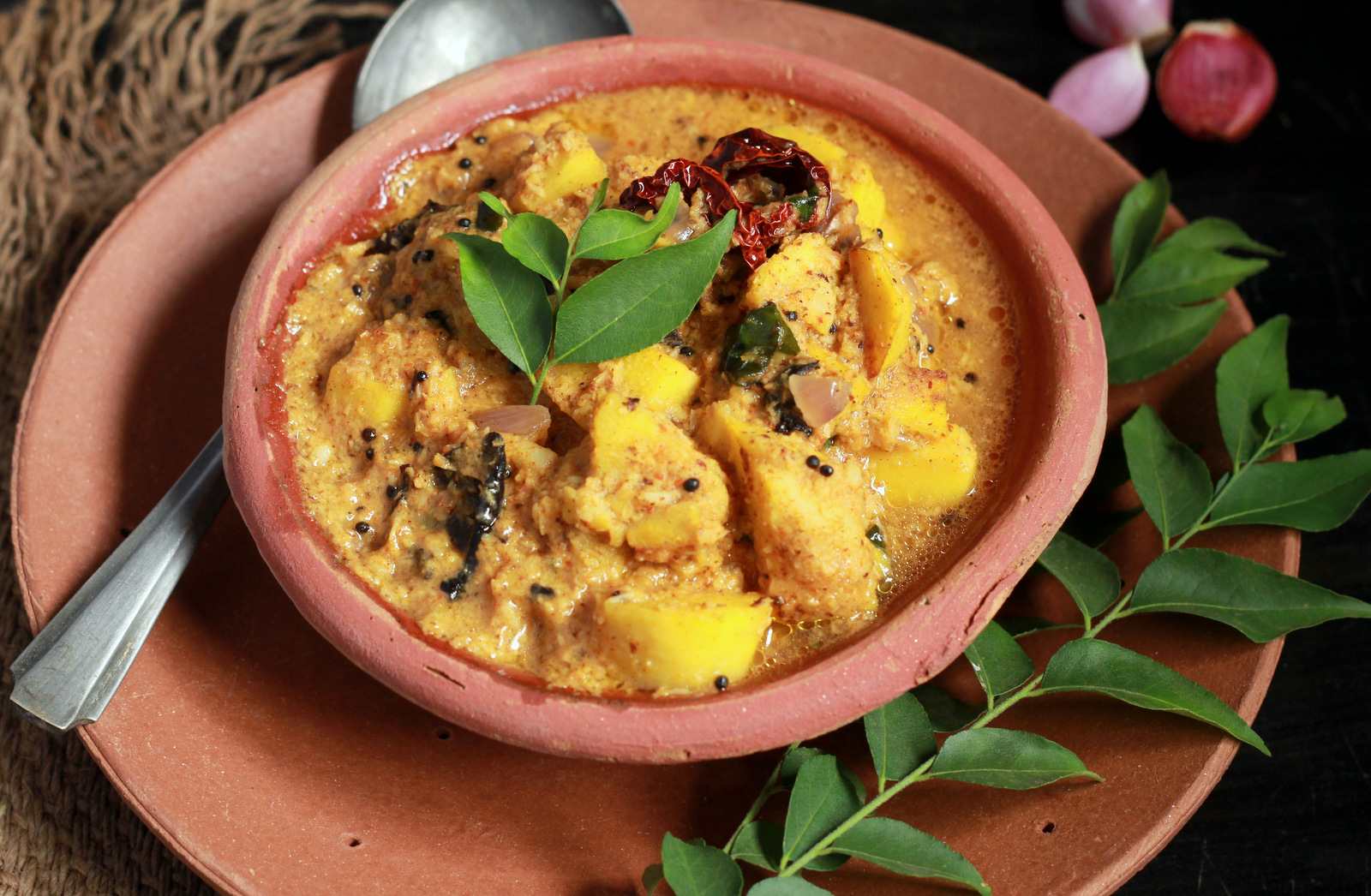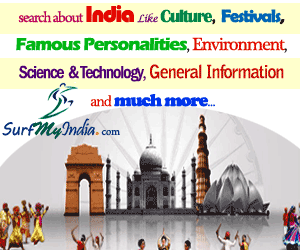 Shutterstock
Shutterstock
The travel bug in you must be raring to go after spending months confined to the indoors. How about ditching the crowds and exploring areas off the tourist radar in South Korea? Picture long hikes into the mountains, days on the beach and if you time it right, you can also go skiing. South Korea has many hidden gems – Busan is home to the best beaches, while Incheon will give you an insight into the famous K-culture. If you want to really get away from urban sprawl, head straight to Gangwon-do to relax amidst national parks and snowy peaks. These three destinations offer travellers a truly “glocal” experience – authentic local traditions thriving right beside the latest technological innovations. Let’s dive in and see what makes each of these regions worth a visit.
Busan: Where pristine beaches cradle majestic mountains dotted with ancient temples
South Korea’s second-largest city is a bustling port town with lots to offer. Despite being a sprawling metropolis it’s home to two of the country’s best beaches, where you can escape for a break from the hustle of the city. The Gyeongju UNESCO sites are close to Busan and gives you a good understanding of the globally recognised local traditions of the country. The beaches of Busan are cradled by majestic mountains which offer great hiking trails and allow you to get away from the crowds while feasting your eyes on panoramic vistas of the city.
What to see
Travel back in time with the Gyeongju UNESCO Sites Tour
The Gyeongju UNESCO tour will take you to ancient villages and temples and give you a glimpse into the Buddhist influence in the art and culture during Silla Dynasty’s rule. Gyeongju Gyochon is a traditional village where travellers look into the life of the famous Choi Clan, while also sampling local drinks. Seokguram and the Bulguksa are two prominent temples of the Silla Kingdom. The full-day excursion around the UNESCO sites will give you an opportunity to soak in the nuances of the unique culture.
Feel the sea breeze as you walk through Haedong Yonggungsa, an ancient cliff-side temple
The Haedong Yonggungsa Temple’s main draw is being one of South Korea’s only temples on a cliff-top with expansive ocean views. The temple was first built in 1376 and is dedicated to the Great Goddess of Buddha. Walk to the water's edge to enjoy a panoramic view of the temple while the waves crash on the rocks.
Ride the Korean Wave through K-pop concerts and exhibitions
If you are a fan of K-pop then there’s nothing bigger than the Busan One Asia Festival. The 10-day bonanza that sees the best acts in the business perform, attracts visitors from all across the globe. Fans can meet their idols, while they also have family park concerts. Despite the Covid-19 pandemic the city is hoping to hold the festival, and it is currently scheduled for the last week of October.
Take a break from the city and spend a day by the sea
It’s not your typical beach resort but Haeundae Beach in Busan is the most popular in Korea. Thousands of tourists – both local and international – descend upon the 1.5 kilometer stretch of white sand beach every summer. There are plenty of activities around the beach, like the aquarium and casino along with a number of hotels. Gwangalli is the other beach in Busan, which is equally popular but far quieter than Haeundae, a good option if you want to get away from the throngs of people.
What to do
Enter the world of colourful houses and quaint alleys
Gamcheon Cultural Village is one of the top attractions in Busan and rightly so. The quaint alleys dotted with colorful houses are home to some of the best domestic and international artists. There are cute little cafes tucked away in the village and there is a stunning array of art every step of the way. The creative vibe and pastel-colored houses attract visitors from all across the globe, and it is a must for anyone visiting Busan. The best time to visit the village is either early in the morning or in the evening just prior to sunset.
Get a bird’s eye view with a cable car ride across the ocean
The Busan Air Cruise was launched in 2017 and runs for 1.6 kilometres from Songdo Beach to Aman Park. Climb aboard to enjoy stunning views as you float over the ocean. Moreover, it has a glass base, which is certain to enhance the experience of being suspended mid-air.
What to eat
Take a culinary journey through South Korea’s local traditions
Food connoisseurs, take heed – Busan is a city not to be missed. It is a haven for people serious about tucking into local cuisine in traditional food markets. Start your food tour at Gukje Market, the city’s biggest traditional market with rows of restaurants offering regional fare like kimbap (steamed white rice wrapped in dried seaweed) and sundae (blood sausage). If seafood is your preference then the Jagalchi Fish Market is the place to be. You can buy seafood or enjoy it right there in one of many seated areas in the market – it is, after all, the third-largest in the world. There’s plenty more when it comes to food in Busan, like Gamcheon Culture Village and Taejongdae, which is popular for fresh shellfish and the local drink soju. However, if you are vegetarian, fear not, as there are plenty of options like Jack and the Beanstalk and DaJeon Cafe.
Incheon: South Korea’s new gateway and the heartbeat of the Korean Wave
Incheon is South Korea’s third-largest city and is fast becoming the preferred gateway for travellers to get a glimpse into the country’s traditions and architecture. The city is home to the country’s largest airport, making it an ideal city to begin your journey through South Korea. Chinatown is a must when you visit the city, for its museums, galleries, and most of all the widely renowned local cuisine. Get away from the city with trips to nearby islands which offer seafront walks and walking trails in scenic parks. Incheon is also the heartbeat of the Hallyu or the ‘Korean Wave’ which refers to the growing popularity of Korean music and dramas across the world. In this fast-growing metropolis, you can soak into the local culture while marvelling at the all-pervasive modernity.
What to see
Chinatown: Discover the confluence of two cultures through food and architecture
Established in 1883, the residents of Chinatown in Incheon are now second and third-generation Chinese immigrants. The area is dotted with plenty of museums and galleries showcasing local culture and traditions but it is widely renowned for its cuisine, mainly the dakgangjeong (sweet and sour chicken). The other local delicacy is the jajangmyeon (noodles in black bean sauce), which is one of Korea’s most popular dishes. As you tuck into the local delicacies, take your time, and rest your gaze upon the numerous historical structures surrounding you.
Leave the city behind for a walk along the seafront
Wolmido Island offers the perfect escape from the hustle and bustle of the city. It offers a waterfront boardwalk and an amusement park. It also plays host to Wolmi Park with scenic walking trails ideal for some time away from crowds. It may be an island but it’s connected to Incheon by road and is a very short drive away.
Take in the nature amidst South Korea central business district
Inspired by New York City’s Central Park, the Songdo Central Park is in the heart of Incheon’s business district. There’s a seawater canal that runs through the park, and it is also a popular location for a number of Korean and international television shows.
What to do
Recreate your favourite scenes from Korean dramas and dive into K-culture
The ‘Korean Wave’ is something you cannot miss when you travel across South Korea. The term which was first introduced in 1999 denotes the popularity of Korean dramas and music across the globe. India is seeing a rise in popularity of the ‘Hallyu drama’ and K-Pop music and if you are a fan you can get your fill. Boy band BTS and the girl group Blackpink are among the top bands in South Korea but their popularity is growing across the world with both hitting No.1 on Billboard's World Digital Song Sales chart multiple times. You will also have the opportunity to visit movie sets and recreate your favourite scenes. The music and the dramas give a glimpse into local Korean culture as well as the lifestyle, which has now well and truly attracted the attention of the world.
What to eat
Treat your taste buds with a trip through the many food markets
The port city of Incheon with its diverse culture is home to many food markets where you can find both traditional and creative street food. The Sinpo International Market and the Shin Gi Market offer great choices of the local delicacies. Visitors can try South Korean snacks like spicy stir-fried chicken, spicy Korean rice cake, and bibimbap (mixed rice). There’s also the Haemul pajeon (seafood pancake) and Dakgangjeong (fried chicken). Again, if you are a vegetarian, there’s no need to worry as there are plenty of options be it local or international cuisine.
Gangwon-do: Escape to the mountains and seek refuge amidst snow-capped peaks
If you truly want to get away from the hustle and bustle of the cities then make your way straight to the Gangwon-do region in the east of South Korea. The mountainous region is home to some of the country’s most spectacular national parks and scenic landscapes. The national parks are teeming with dense forests, wildlife, hot springs, and waterfalls. Then there are the snow-capped peaks of Pyeongchang, the home of the 2018 Winter Olympics. You can go skiing and spend time at some of the best resorts the region has to offer. Korea’s transport system is second to none and Gangwon-do is easily accessed with the KTX Bullet Train that runs all across the country, making it convenient for visitors to get around.
What to see
Get lost amidst waterfalls and hot springs at Seoraksan
A UNESCO Biosphere Protection Site, Seoraksan is renowned for its rock formations, waterfalls, hot springs, and dense forests. The national park covers nearly 400,000 sq km with the outer area the most popular, while Inner Seorak is the least commercialized. Southern Seorak meanwhile is famous for its mineral springs. Seoraksan also has two famous Buddhist temples within the national park, Sinheung-sa, and Baekdam-sa. The area is famous among visitors to South Korea, but the natural beauty and the temples give you a glimpse into the past. However, if you just want to enjoy the views in comfort and get to the top of Seoraksan mountain, you can take the cable car round trip from Seorak-dong Station to Gwongeumseong Station.
What to do
Take a moment to absorb the majesty of the snow-covered Taebaek Mountains

If you are a fan of winter sports then Pyeongchang is a must-visit. The sleepy town was put on the world map when it hosted the 2018 Winter Olympics and has now become a popular destination for visitors looking to hit the slopes of the snow-clad Taebaek Mountains. The two main ski resorts in the area are Alpensia and Yongpyong, where one can see the state-of-the-art facilities used during the Olympics. If winter sports are not attractive enough the scenic beauty of the area makes it a must-see, even if it’s for just a day.
Don’t miss on the fresh seafood as you relax on the East Sea
Sokcho is a fishing town very close to the popular Seoraksan National Park and is home to the best beach in the area. Visitors arrive from all over South Korea, not only for the pristine beach but also for the fresh seafood on offer. It is a popular spot on New Year’s Eve as people gather to see the first sunrise of the year.
Of ice fishing, sledding, and sculptures – it’s truly amazing
The Sancheoneo Ice Festival is probably the most popular winter festival in South Korea. It takes place in January and over a million people are usually in attendance over 23 days. The most popular activity is ice fishing of course, so if you are interested they will provide you the fishing line, a bag, and point towards the already drilled hole over the Bukhangang River. There’s also the option of bare-hand fishing, but that requires you to jump into some icy waters. There are also lots of folk performances and rides which allow for a great family outing surrounded by snow.
What to eat
Savour local mountain cuisine as you explore Gangwon-do
Being close to the sea and surrounded by mountains, seafood plays an important role in the local Gangwon-do cuisine. The trout is amongst the most popular dishes of the area (if you go for the ice festival, you could catch a mountain trout of your own). Pork is also a favourite among South Korean people and a traditional dish of the meat is served with buckwheat noodles. Vegetarians need not worry, as tofu is very popular in the Gangwon-do region, especially in Gangneung where it is called Chodang Sundubu. Another staple of the area is Gondre-Bap a rice dish cooked with a leafy mountain vegetable. So, keep an open mind and enjoy the local delicacies.
Pro tip: It always helps a bit to know the local lingo. It’s a great way to endear yourself to the locals and it could aid in them going the extra mile to ensure you enjoy the perfect experience. Here are a few easy phrases:
Yes: YE
No: A-NIM-NI-DA
Hello: AHN-NYUNG HA-SEH-YO
Goodbye: AHN-NYUNG-HEE GA-SEH-YO
Thank you: GAM-SAH HAM-NEE-DA
It is nice to meet you: BAN-GAP SUP-NEE-DA
Take me to my hotel: HOTEL-LO GAP-SEE-DA
*The translation is not direct, it has to be used in context.
South Korea awaits your arrival – start planning now!
Life is short, the world is large, and the times are unpredictable. Precisely for these reasons, grab the opportunity to make new memories with your near and dear ones in South Korea – a country like no other. To know more about the destinations mentioned in this article, visit https://www.visitkoreaforme.com/en/glocal/glocal.kto, and if you need help in planning an itinerary to visit these places, contact Korea Tourism Organization, New Delhi office at india@knto.or.kr.
from HolidayIQ Blog https://ift.tt/31yt88t

 :: Unlock Your Success with Our Digital Course →
:: Unlock Your Success with Our Digital Course →














No comments:
Post a Comment